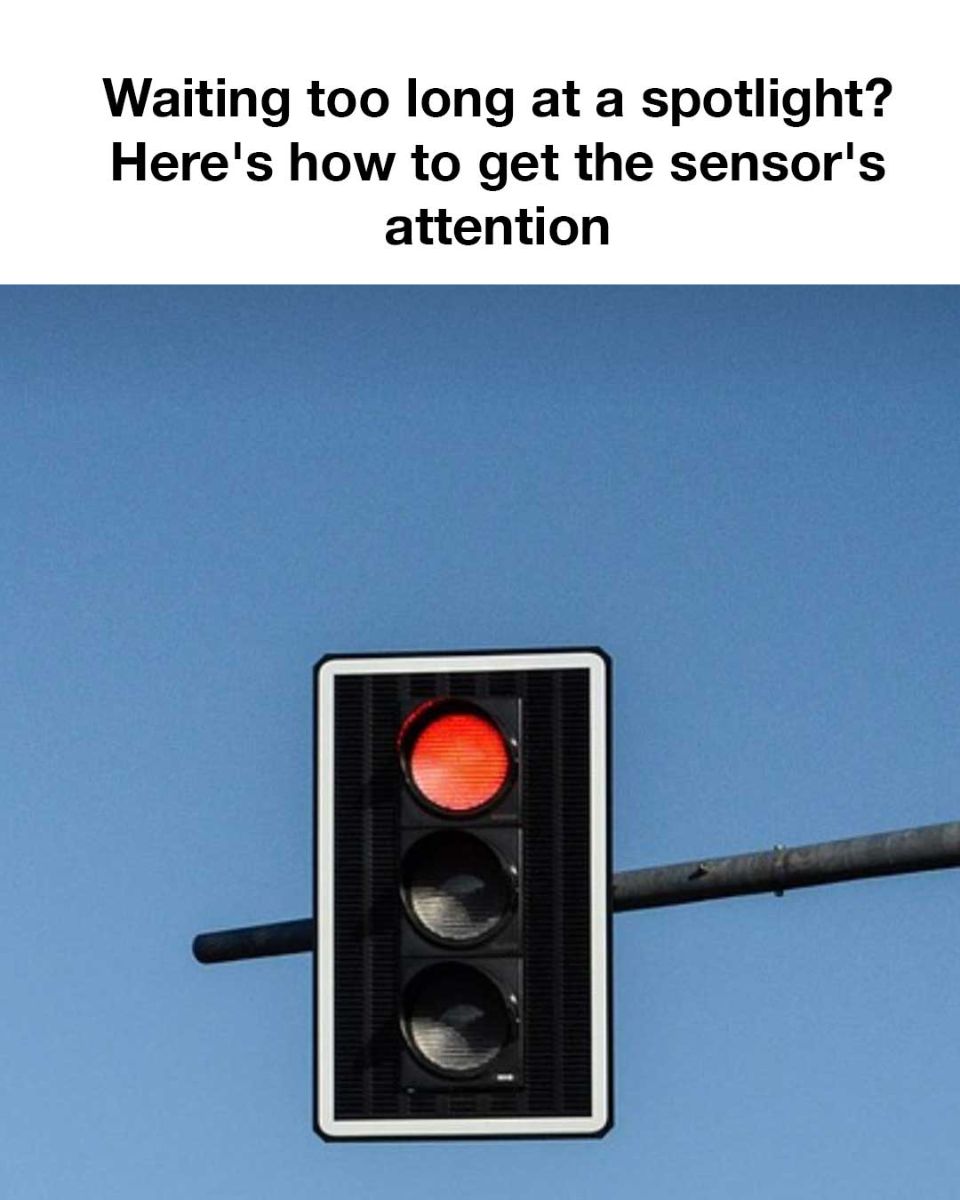ADVERTISEMENT
Traffic light sensors, the unsung heroes of urban infrastructure, play a crucial role in ensuring the smooth flow of traffic. These devices detect the presence of vehicles at intersections, triggering the appropriate light changes. However, drivers often find themselves trapped in a seemingly endless cycle of red lights, leading to frustration and delays. Understanding how these sensors work and how to effectively engage them can significantly improve your driving experience.
Understanding Traffic Light Sensors
Why Sensors Might Not Respond
A variety of factors can prevent traffic light sensors from responding as expected. Equipment malfunction due to wear and tear or adverse weather conditions can be a common culprit. In other cases, vehicles may not be properly positioned over the sensors or may lack sufficient metal content to trigger a response, particularly for motorcycles and bicycles. Outdated or improperly calibrated systems can also contribute to delays.
Maximizing Your Chances of Triggering a Sensor
To increase the likelihood of triggering a traffic light sensor, ensure your vehicle is positioned directly above the sensor lines, often visible as cuts in the pavement. For motorcycles and bicycles, position the largest mass of metal (usually the engine or frame) over the most sensitive part of the sensor. Vehicles with less metal or electric vehicles may require more precise positioning.
Utilizing Visual Cues
In some cases, flashing your vehicle’s headlights can alert camera-based sensors. The change in light intensity can be detected by systems designed to sense alterations in light. However, it’s important to use this tactic judiciously to avoid confusing other drivers or being perceived as aggressive.
Additional Strategies
Continue reading…
ADVERTISEMENT
